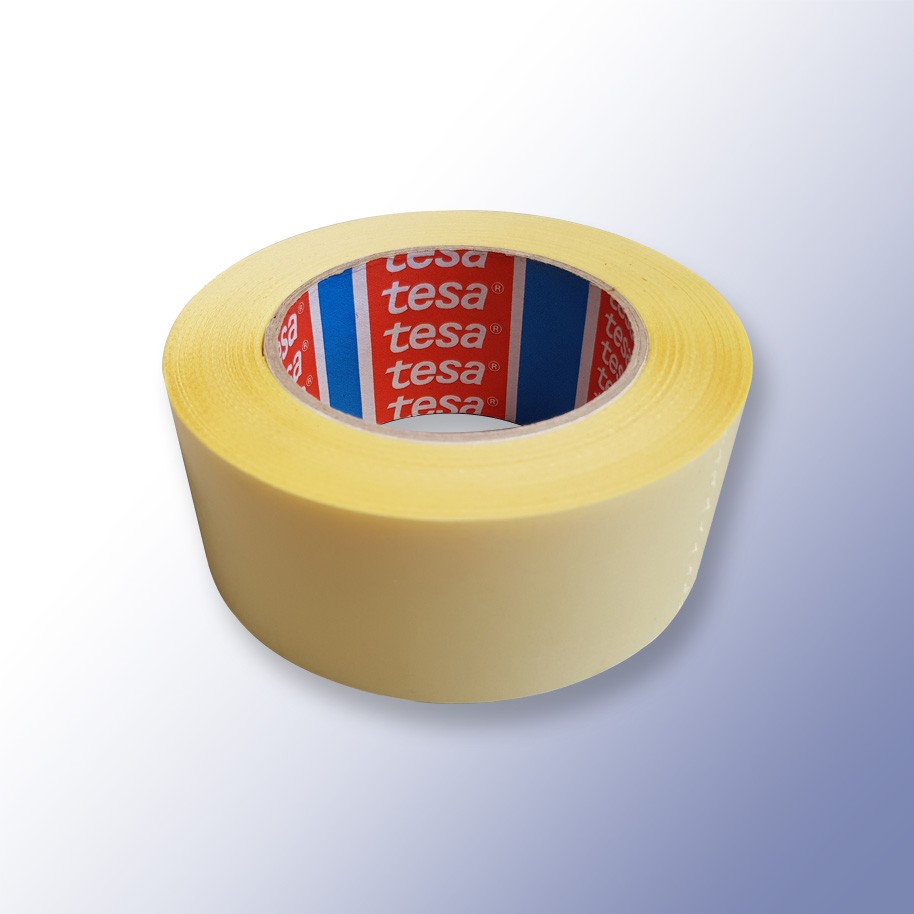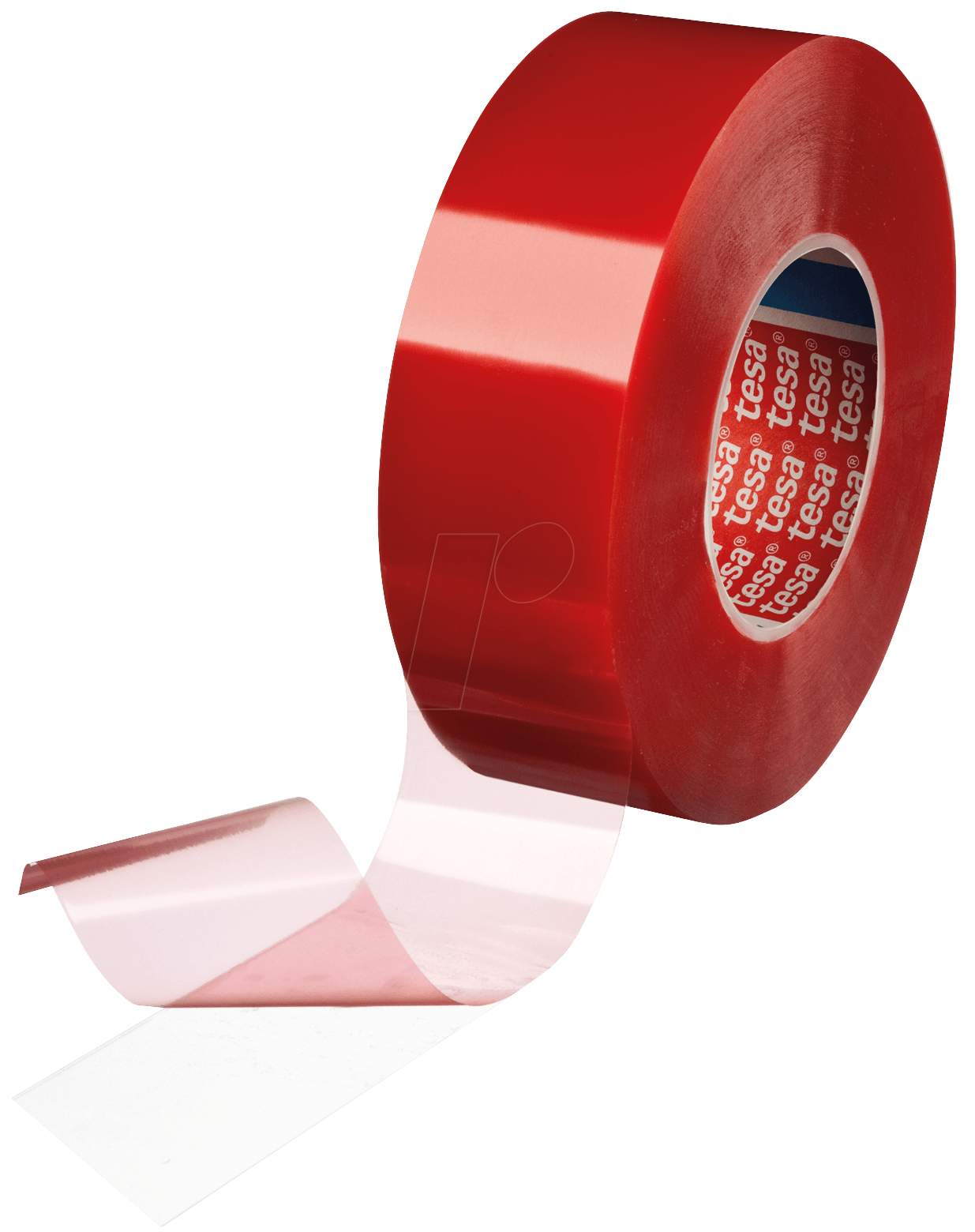

But that’s another topic for another time. We could tell you how adhesive tape is made, but this video by The Science Channel is much more fun:Īs an aside, this video is also a great example of how tape is used in splicing. Here’s almost everything you need to know about adhesive tape as an industry professional. Today, adhesive tape comes in all shapes and sizes, with varying degrees of stickiness, and for close to 45 years, ECHOtape has helped our customers match their specific application needs with the right pressure-sensitive tape.Īnd in that time, we have found that the majority of people have the same complaints and questions about tape. Two years later, masking tape was introduced.” Drew, who had absolutely zero experience in adhesives, decided, apparently on the spot, to create an adhesive that could be removed from dry paint without peeling it off. Richard Drew, a young research assistant, witnessed one such ruined job and the furious cursing that followed.

Peeling off the paper ruined countless paint jobs. Before masking tape, auto shops were “masking off” for each color application using glue and paper. “Masking tape, as it became known, was intended to solve a very specific problem: applying two-toned paint jobs to cars.

It wasn’t until 1925 that adhesive tape, as we know it today, was invented. Messiness, permanence, and drying to a hard finish all made traditional glues less-than-ideal. But they had serious drawbacks, especially in household use. In modern times before tape, glues and epoxies did most of the sticky work. Or rather, woodworkers in ancient Egypt used glue made from natural, viscous substances like beeswax and resin to hold materials together. The history of stickiness didn’t start with tape. Double-sided tape (adhesive on both sides) allows the joining of two items back-to-back. Single-sided tapes allow bonding to a surface or joining of two adjacent or overlapping materials. Technically speaking, that’s a bonding pressure of 14.5 – 29 psi =^ 10 – 20 N/cm² or greater. PSA tapes are tacky at room temperature in dry form, and they adhere firmly to a variety of surfaces and require only the application of a finger or hand. Pressure-sensitive adhesives (PSAs) do not require water, solvent, or heat activation to bond to materials such as paper, plastic, glass, wood, cement, and metal. Some have layers of adhesives, primers, easy release materials, filaments, printing, etc. Some tapes have removable release liners that protect the adhesive until the liner is removed. pressure sensitive tape, PSA tape, self-stick tape, or sticky tape) consists of a pressure-sensitive adhesive coated onto a backing material such as paper, plastic film, cloth, or metal foil. Read on to find out why adhesive tape is quickly replacing glues and fasteners in manufacturing and construction, and how you can use it on your project today.Īdhesive tape (a.k.a. Release Liners: What Are They and Why Do You Need Them?.
#Double sided adhesive tape how to
How To Understand An Adhesive Tape Spec Sheet.In this comprehensive guide to all things adhesive tape, we’re sharing 45 years of experience with you including:


 0 kommentar(er)
0 kommentar(er)
